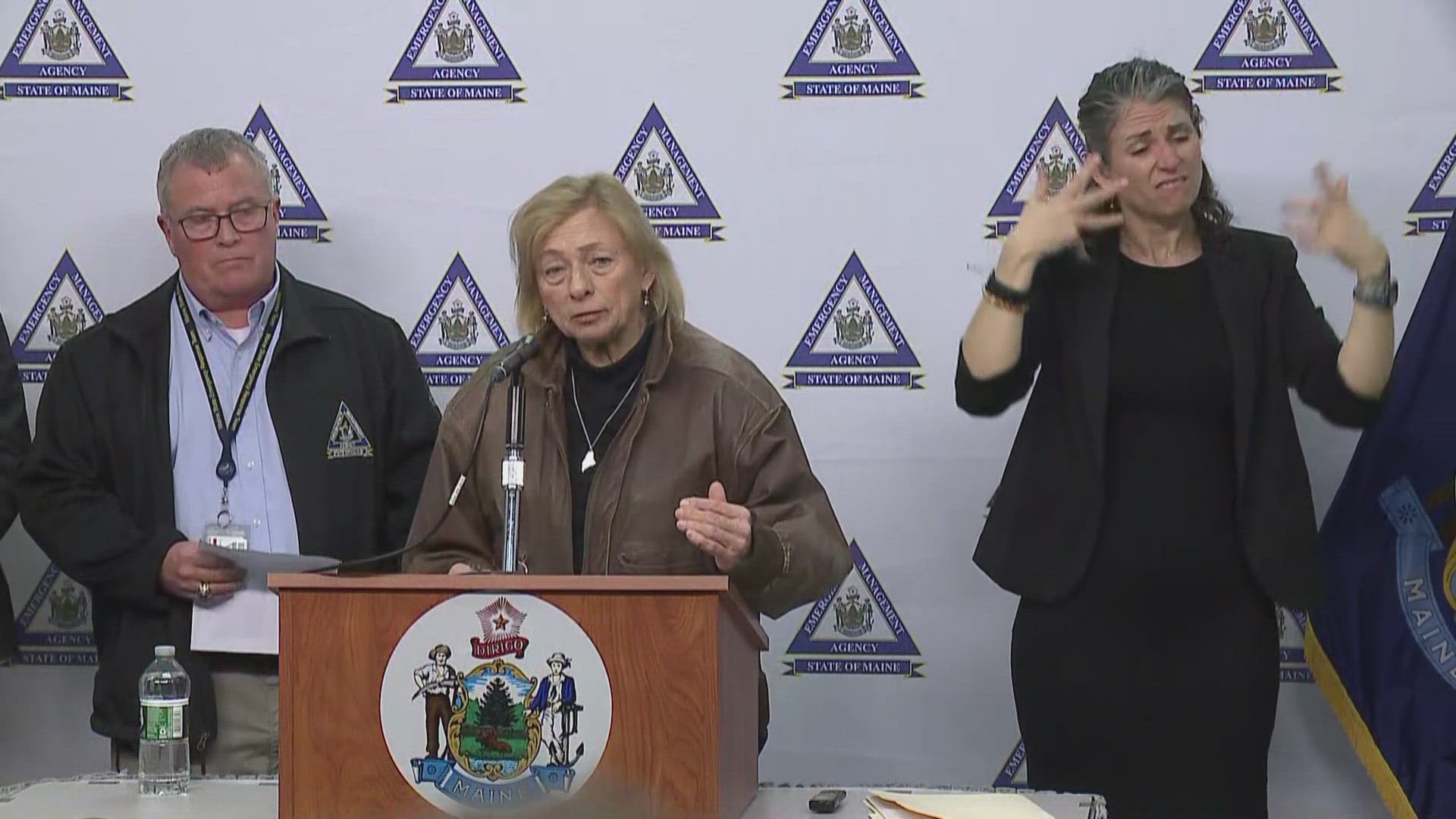MAINE, USA — During a press conference on Wednesday, Gov. Janet Mills answered questions about the devastating storm that tore through Maine several days before, leaving three dead, thousands without power, and monumental property damage.
Just over 250,0000 total power outages remained across the state, but Mills said restoration continues at a fluid pace.
As of the update on Wednesday afternoon, Central Maine Power (CMP) had restored electricity to 200,000 customers so far and is working to restore power to 197,416 more; Versant Power restored electricity to over 40,000 customers and is working to restore power for the remaining 52,186; and Eastern Maine Electric Cooperative reported having 3,580 customers without power.

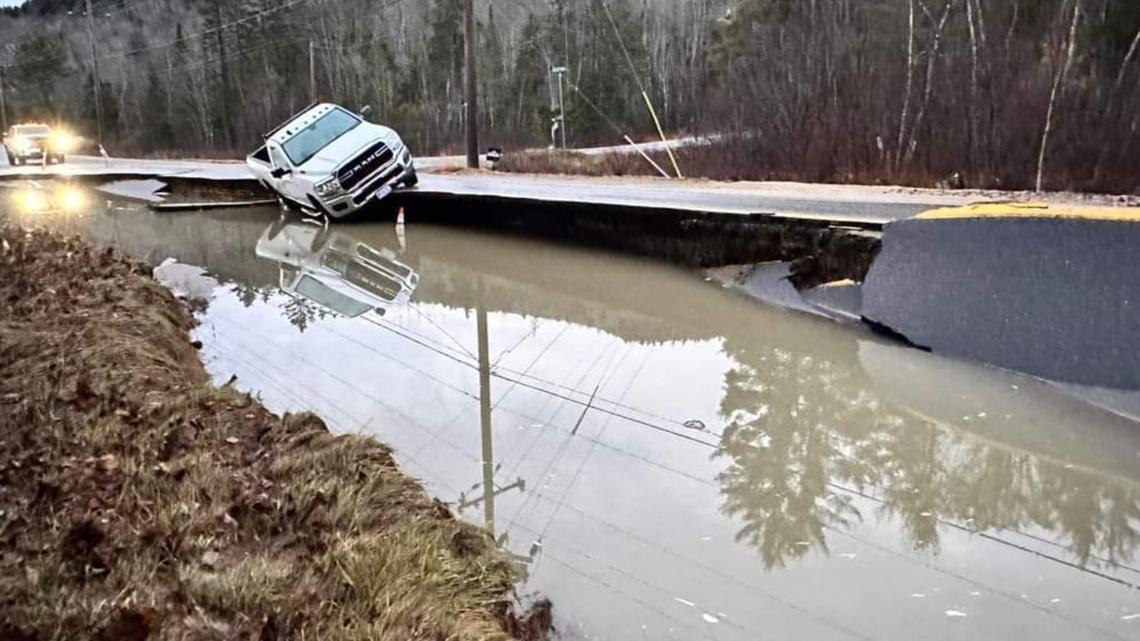
The process of restoring power could take several days, Mills said, but she ensured utility companies were drawing on all available resources to try and restore services promptly. To speed up the process, Mills said they recruited helicopters from the Maine Forest Service to make an ariel assessment of the damage done to the power grids.
As flood water has begun to recede, Mills said the Maine Department of Transportation (MDOT) has started reopening more roads and bridges.
"Right now, there are 68 state road closures, down from nearly 100 yesterday, as a result of downed trees and power lines and flooding and significant infrastructure damages," she said.

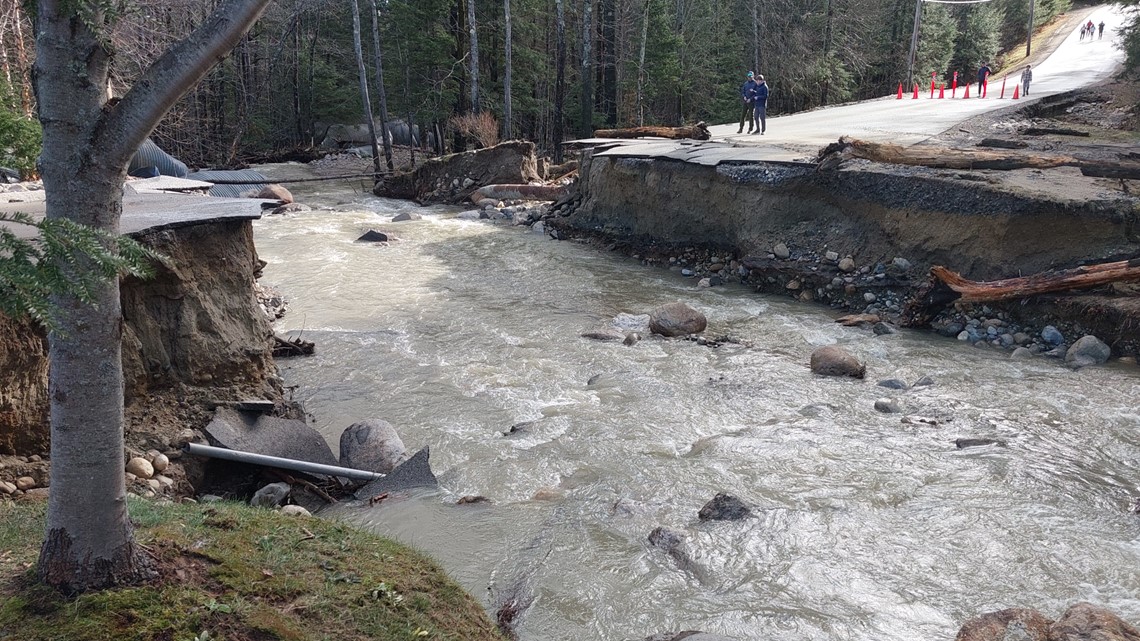
Over half of those road closures were in Oxford, Franklin, and Kennebec Counties. The MDOT continues to keep closed 23 bridges—six of them are due to severe damage to the roads leading up to the bridges. Zero bridges have collapsed due to flooding, but several roads leading up to them have been "badly damaged," Mills explained.
As the MDOT continues to clear roads, assess damages, and conduct repairs, Mills urged people to stay off flooded roads.

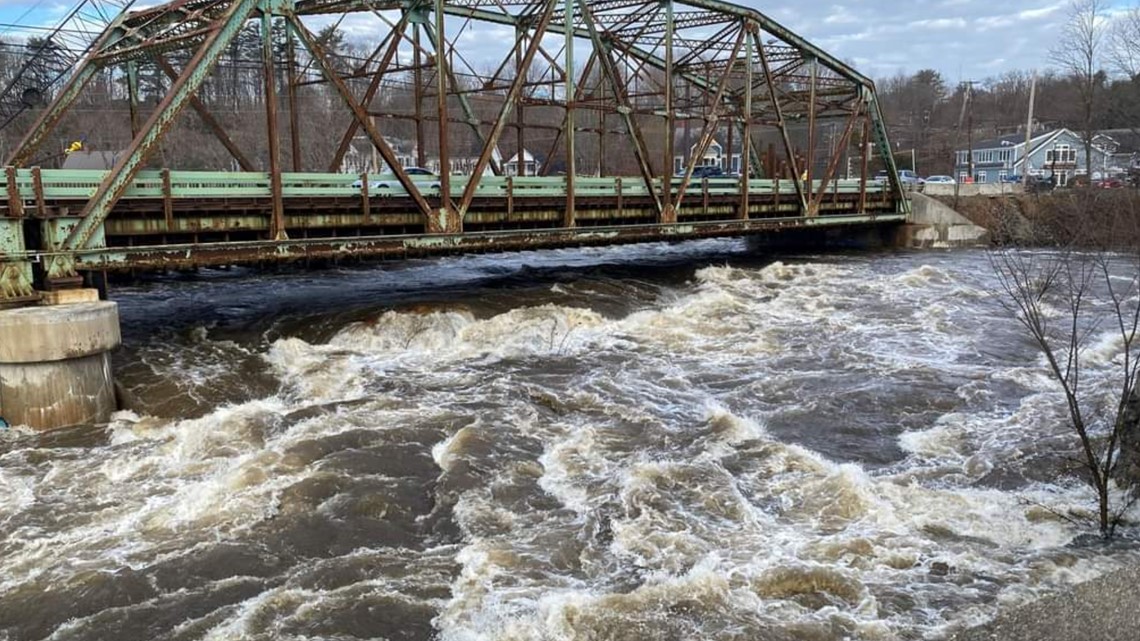
“We expect water levels to drop in the coming hours and days, but water levels remain high, and they continue to pose a serious risk in many areas of the state, particularly along the Kennebec and Androscoggin Rivers," Mills said. “If you live in any area that is at risk of flooding, please stay off the roads as much as possible.”
Yesterday, Mills declared a state of civil emergency across 14 counties—Androscoggin, Aroostook, Franklin, Hancock, Kennebec, Knox, Lincoln, Oxford, Penobscot, Piscataquis, Sagadahoc, Somerset, Waldo, and Washington—which had the most storm damage.
"This declaration formalizes our all-hands-on-deck approach and assures every state resource is available to towns across Maine that need assistance," Mills said.

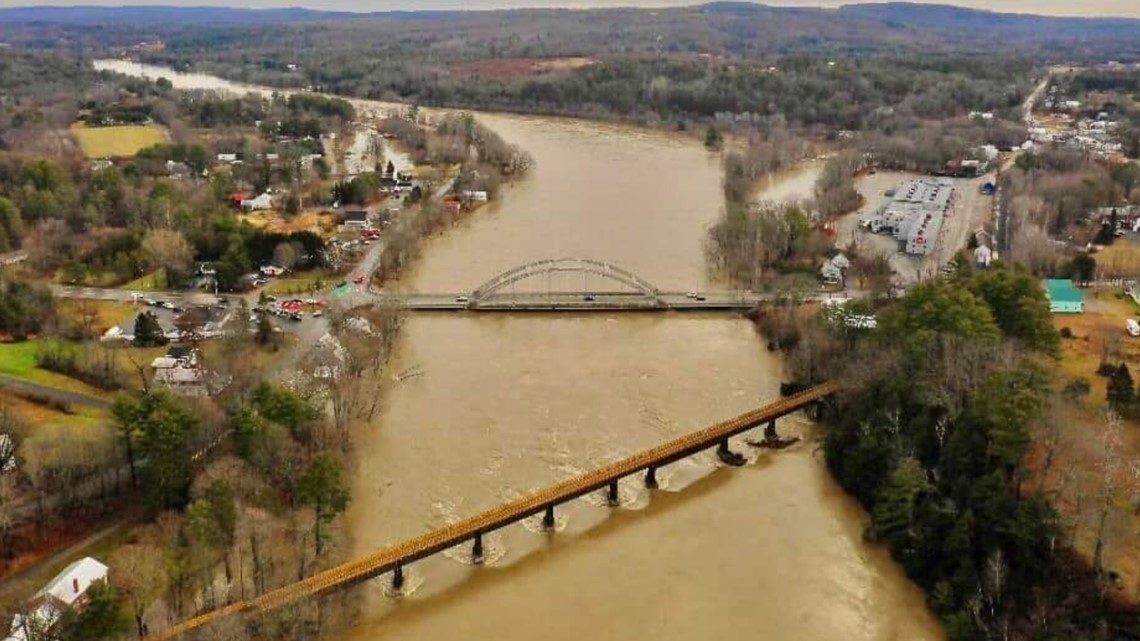
The state will seek federal disaster support, including financial assistance, Mills said. The governor also said she issued a proclamation—a waiver from the U.S. Department of Transportation to allow fuel delivery personnel to drive additional hours, enabling timely delivery of heating fuel to Mainers.
Maine DHHS will also provide information on how SNAP recipients can replace food lost because of power outages and storm flooding. WIC benefits will be available for parents working with local water districts, to access public water drinking centers. And DHHS will also be checking in on long-term care facilities to see if staff and residents have everything they need.
With three Mainers dead, and another still missing, Mills pleaded with Mainers to stay away from flooded areas, and downed powerlines.
"Maine people can do their part by being cautious and vigilant. Please do not tempt fate," she said.


A difficult year
With the tough economy, extreme weather, and of course the mass shooting in Lewiston that shook the state to its core, Mills addressed how strong Mainers have been.
"We are never asked to carry more than we are able. I know that in Maine that burden feels heavy right now, but it is not more than we can carry. Please keep the faith and please stay safe."
At this time Mills said they haven't needed to call in the National Guard, but said she is in communication with Major General Douglas Farnham.
Reporters asked Mills why the cleanup was taking so long, and asked what the state did to prepare for this storm in particular.
Mills noted the National Weather Service did not predict 68 to 70 mile per hour winds.
Confident the state prepared as best they could, Mills said they take the same approach with each storm, by communicating with the National Weather Service, county emergency management agencies, and utility state agencies. Mills said for this storm, they even called upon out-of-state crews, including some from Canada, to help clear the roads.
Maine Emergency Management Agency Director Pete Rogers said Monday's storm with 68-mile-per-hour winds and heavy rains is now the new norm.
"I think we're going to see multi-hazard events. Unfortunately, we're seeing them quicker...they come out very fast, and very strong. We're dealing with snowstorms, we're dealing with winds, heavy rains, coastal flooding, and beach erosion, all at the same time, which makes the response more difficult," Rogers said.
Going forward, Rogers announced they will reexamine their methods and "see if there are things we can do better."
Taking into account the extreme flooding, and potentially exposed powerlines, "It's going to be a multi-day process," Mills said.
Mills advised people to stay indoors and if they have an emergency to call 911. She said if you need help finding a warming station, or access to food, to dial 211, or text your zip code to 898211.

